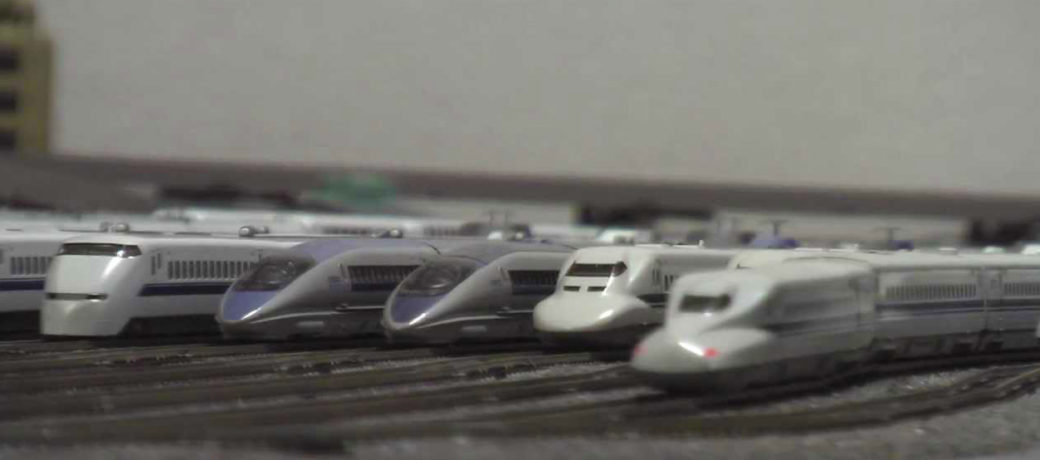Japanese bullet train — Shinkansen
The Shinkansen, or bullet train, made history in 1964 as the world’s first high-speed train. The shinkansen is more than just a mode of transportation – it is a uniquely Japanese experience. Immaculately clean, comfortable, and remarkably fast, it is the epitome of efficiency and the pride of the shockingly prompt Japan Rail network.
Originally built to connect Japan’s urban areas for the 1964 Tokyo Olympics, construction of the shinkansen rail lines was a tremendous feat, as most of the track had to be raised on viaducts above existing developments or tunnelled through mountains. The bullet trains themselves are a marvel of engineering, and the new trains are as sleekly futuristic now as the originals were when they were built over forty years ago, though the network of lines now extends far beyond the original Tokaido which ran between Tokyo and Kyoto.
Incredibly, in a land of typhoons, earthquakes and heavy snowfall, the trains always keep to schedule, sometimes running just three minutes apart at nearly 200mph. The fastest shinkansen service, the Nozomi, covers the distance between Kyoto and Tokyo in under three hours: more efficient than air travel, and much more comfortable.
During both tailor made and scheduled tours, there will be ample opportunity to experience speeding through the countryside with tea plantations, orange groves, rice paddies and Mount Fuji providing the perfect backdrop. Eating an obento, or boxed lunch, on the bullet train, and watching the scenery zipping past is a wonderful way to experience Japan very much as the Japanese do.
The three main types of bullet train servicing the main island of Honshu on the Tokaido and Sanyo Shinkansen Lines are the Nozomi, the Hikari and the Kodama. Of these, the Nozomi is the fastest but is not covered by the Japan Railpass. In western Honshu and Kyushu, the Sakura, Mizuho and Tsubame are the train names and on the Hokuriku Line which goes from Tokyo through Nagano to Kanazawa, the Kagayaki, the Hakutaka, the Asama and the Tsurugi.
Getting Around
Contact us
Tel: 01865 841443
Fax: 01865 841445
Into Japan Specialist Tours
The Dovecote, Manor Farm, Ball Lane, Tackley, Oxfordshire OX5 3AG

